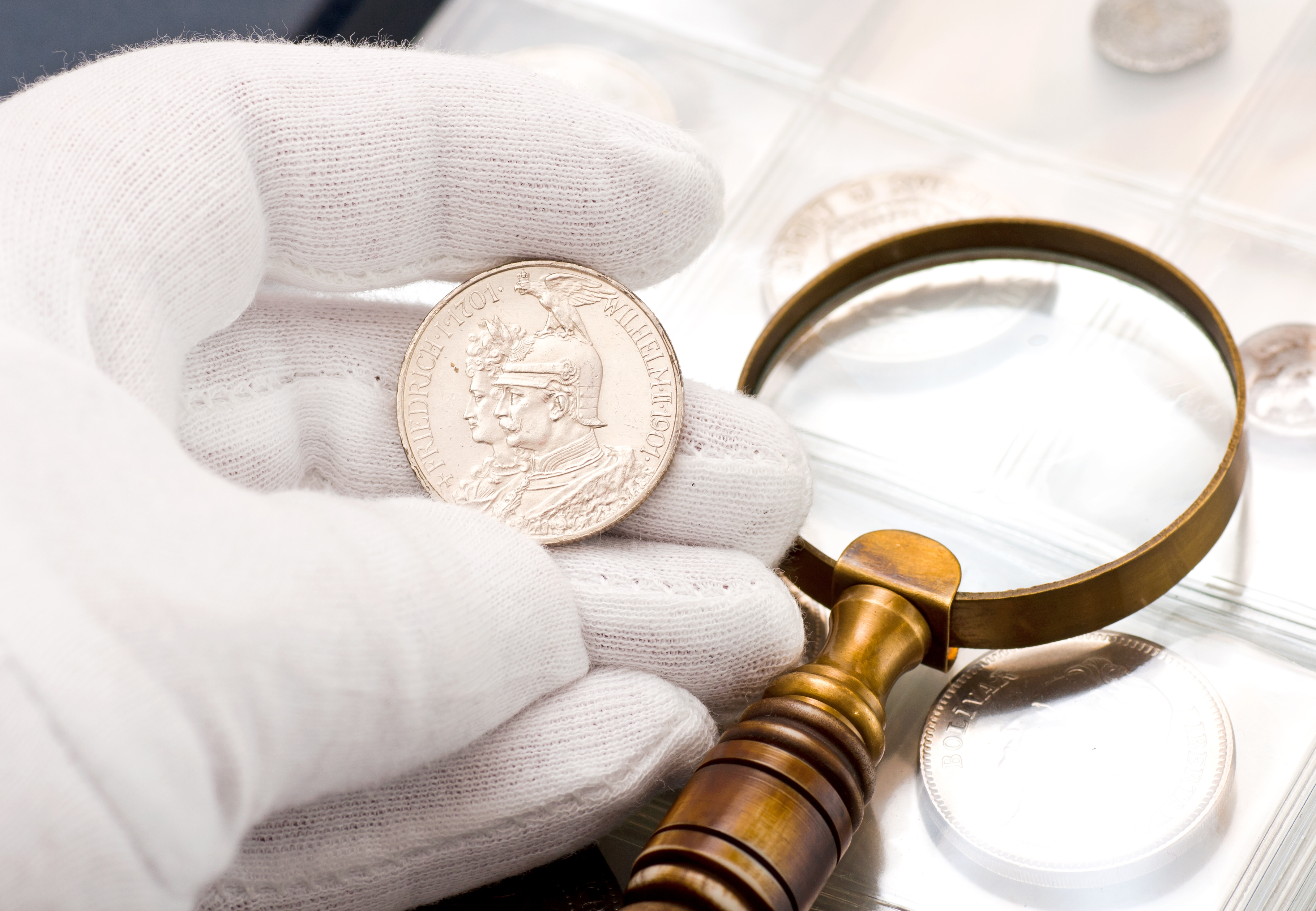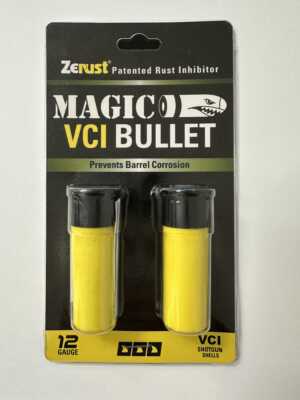Preventing Silver Coin Tarnish an Imperative to Collectors

Preventing Silver Coin Tarnish an Imperative to Collectors
Preventing silver coin tarnish is important to the growing number of historic and rare coin collectors.
Citing new statistics from the U.S. Mint’s coin collector statistics, Numismatic News reports collection of historic, commemorative and rare coins is on the rise. While the aftermarket for collectible coins can be tough to gauge (dealers aren’t required to report their sales), it is known there’s been an uptick in both the number of buyers and price-per-coin.
Tarnish, a chemical reaction spurred by silver’s interaction with hydrogen sulfide (a gas found in small quantities in the air), can significantly impact the value of any collectible. Pieces that are pristine and absent any significant tarnish, abrasion or wear are going to last the longest and command the highest prices at auction.
Silver coins in particular are at risk of tarnishing compared to other metals both because silver itself is soft and prone to tarnishing and because coins are more likely to be handled than other types of collectibles.
Careful cleaning, handling and storage are a key to preventing silver coin tarnish and protecting and preserving your investment. Use of products made with vapor corrosion inhibitor technology (VCI) is increasing in popularity among collectors for its convenience, low cost and effectiveness in preventing silver coin tarnish.
VCI products emit a colorless, odorless particle shield to keep coins safe in enclosed areas like drawers, lock boxes, cabinets or display cases.
Silver Coin Tarnishing & Toning
Silver tarnish is basically a layer of silver oxide that forms when silver atoms meet oxygen atoms. Tarnish, unlike rust (which affects iron metals), generally isn’t going to damage the layers underneath. Lots of soft metals tarnish, including aluminum, brass and copper, and it tends to be more common/accelerated in regions where the air is more humid and/or polluted.
Silver that is tarnished will appear to have a dull black or gray coating.
Some coin collectors prefer the term “toning” when talking about tarnishing on coins. In a few specific cases, toning can be a desirable trait, such as with the rainbow coloring that can appear on silver Morgan Dollars.
Preventing Silver Coin Tarnish is Easier Than Cleaning it
Cleaning tarnish from silver once it’s set in is tricky because polishing silver can cause abrasion – and might even remove tiny pieces of the silver itself. This is an especially big concern when the coins are collected not just for the value of the precious metal of which they are made, but also the numismatic or historical/rarity value.
Essential steps to preventing silver coin tarnish are:
- Handle them as little as possible, or if necessary with white cotton gloves. The natural oils of human skin, not to mention products like lotions and soap, can make silver coins vulnerable to tarnishing.
- Keep silver coins in a cool, dry place. Temperature-controlled storage is preferred, as significant fluctuations in temperature and humidity is a noted factor in coin tarnishing.
- Store coins inside or with a VCI protective product. Zerust has a number of anti-tarnish products, such as drawer liners, VCI anti-tarnish storage bags and VCI capsules.
Any other storage materials you choose should be specifically designed to be chemical-free.
*************@************ts.com“>Contact Zerust for information on preventing silver coin tarnish by emailing us or calling (330) 405-1965.
Additional Resources:
How to Prevent Silver Coins from Tarnishing, Oct. 9, 2019, AuctionKing.com
More Blog Entries:
A Cut Above the Rest: Preventing Rust on Collectible Knives, March 30, 2019, Zerust Anti-Tarnish Product Blog
- Categorized: anti-tarnish, Rust Prevention Tips
- Tagged: preventing silver coin tarnish, silver coin tarnish, silver coin tarnish prevention




